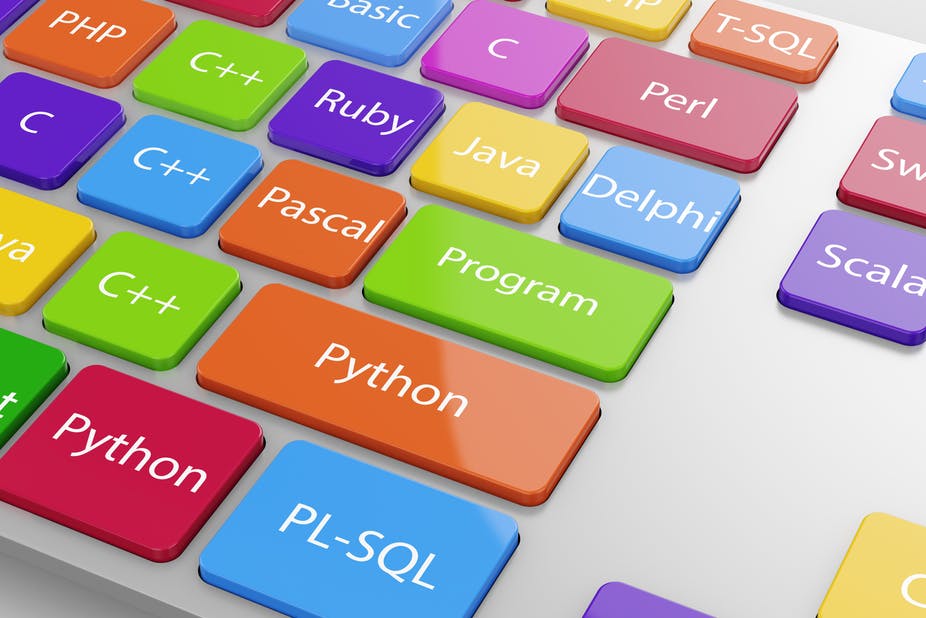
Introduction of SQL server
Install SQL Server And SQL Server Management Studio
Create, Rename, and Delete Database
Create, Delete and rename table in SQL server database
Add, Rename And Delete column name
Records insert, update & delete
Select statement
Select Unique and Distinct statement
Select into statement
Insert, update and delete statement
Aggregate function count, max, min, sum, avg
What are SQL Joins
Introduction to Group by Clause
Introduction to Having Clause
Introduction to Order by clause
Introduction to Where clause
AND & OR Operator
Arithmetic Operator
Between Operator
Comparison Operator
While loop
Break and continue statement
Introduction to Stored Procedures
Select Statement Inside the Stored procedure
Insert Statement Inside a Stored Procedure
Update Statement within the Stored Procedure
Input Parameters in a Stored Procedures
Output Parameters in a Stored Procedure
Return Values in a Stored Procedure
Insert Stored Procedure output into Temporary Table
Introduction to function
Introduction to SQL View
Useful System Stored Procedures
Introduction to SQL View: A view is nothing more than saved SQL query. A view can also be considered as a virtual table. Views can be used to reduce the complexity of the database schema. Views can be used as a mechanism to implement row and column level security. Views can be used to present aggregated data and hide detailed data. Now given bellow the example code:
CREATE View vwEmployee
AS
SELECT Employee.Name, Employee.Phone,Salary.Salary
FROM Employee
INNER JOIN Salary ON Salary.Id=Employee.Id;
Select * from [dbo].[vwEmployee]
We can see the vwEmployee view create by create keyword this view returns some table column value. If we execute the view then we use the select keyword like table.

